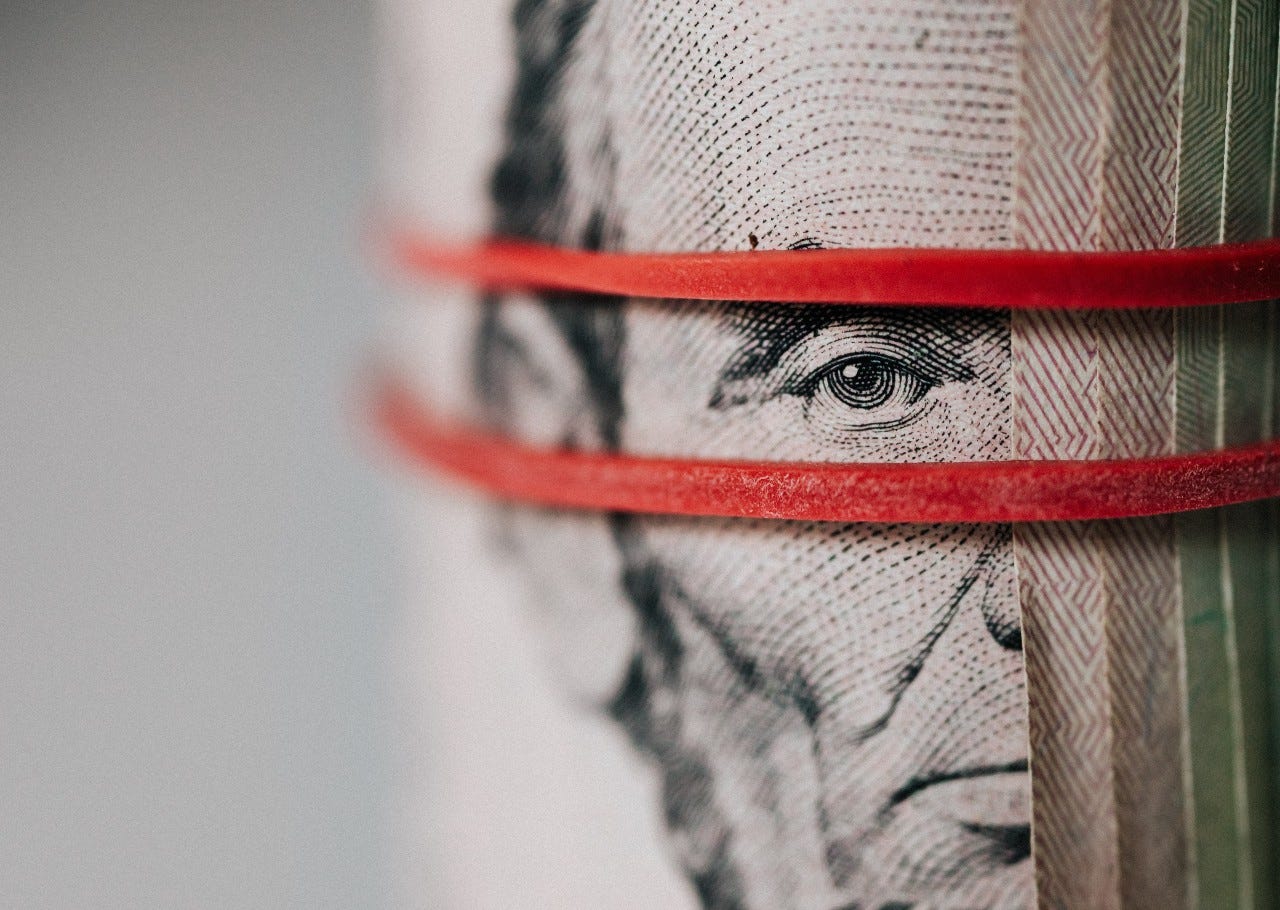Who's on the other side?
Vol #43 - June 18th, 2021
If you want to make a trade, you have to find someone to take the other side. For every buyer there must be a seller.
While that sounds trite when we think about the deep liquid financial markets available at the click of a button, these don’t come about out of thin air. Technology and infrastructure not only make markets accessible, but they solve the important problem of counterparty risk.
Every single contract must have both a long side and a short side. The owner of an option receives rights to exercise the contract which is written by a second party. When expiration comes around, the payment to the winner is directly offset by a debit to the loser.
Who you trade with matters. Not only because you need them to pay, but because they’re likely rooting for a different outcome than you.
On a human scale, we understand counterparty risk intuitively. Some of my first experiences with this came on the playground at elementary school. We traded POGs, baseball cards, and you could even get action on the Super Bowl.
As is wont to happen, there’s always going to be a bad actor, or someone who doesn’t play fair. Whether they are slow to pay the $1 back, or shifty with their POG counting, word gets out quickly about who not to bet with. Counterparty risk was handled socially.
Trading partners can present more risk than just default. It’s important to know what the other side’s objectives might be, and how much they know. When my friend’s older brother taught him what the spread was on a football game, he was able to confidently take the other side of every Buffalo Bills fan on the playground for three Super Bowls in a row.
Modern financial markets have solved this problem in other ways. There are several layers of plumbing to ensure that when you enter a contract, you’ll be able to either make or receive payment.
A broker presents the first line of defense. They hold customer funds, are required to keep them segmented, and provide access to the exchanges for their customers. In the options markets these brokers either clear the trades themselves, or sit within a larger clearing entity. That clearing entity is then a member of the Options Clearing Corporation, which is the final payer of last resort. There has never been a defaulted trade in listed options.
Reducing counterparty risk is vitally important for developing liquidity. More participants are willing to trade larger and at tighter spreads, if they are confident of being paid back. When push comes to shove, a winning trade only matters if the other side can pay.
The more liquid and active a market is, the more likely you are to make a trade at a fair price. With tight prices and active participants, markets can then become the building blocks for other strategies. If there are liquid derivatives markets, then producers, consumers, and investors can all hedge their risk, optimizing capital and resources.
There are new and evolving ways to think about counterparty risk. While the traditional model is built on institutions and legal protections, with digital assets counterparty risk is mitigated through decentralization on the blockchain and smart contracts.
The benefits of this are that collateral for trade reconciliation is always available. There’s less of a need for multiple layers of brokers and clearing agents, because collateral is escrowed algorithmically, and immediately liquidated or claimed if price conditions are triggered.
While there’s no human required to settle the trade, there’s very little recourse in the case of a problem. Code may be testable and transparent, but the unknown unknowns of bugs and potential security holes leave their own risks. Some exchanges have downright vanished.
The anonymity of counterparties can be both a blessing and a curse. Initiators of orderflow typically like to hide their size and intent in the hopes of protecting their position or getting a better price.
The flip side is that under the game theory framework of repeated interactions, agents will tend to reach superior outcomes than in one off antagonistic scenarios. Liquidity providers naturally develop relationships and trade more with brokers who are even handed and disclose their orders fairly.
While many electronic markets allow for the obfuscation of orderflow’s source, at the extreme this may present new risks. Trading with unsanctioned actors or those with criminal intent may not be particularly desirable or legal.
Managing counterparty risk is critical to the development and maturation of any market. With new technologies constantly changing the dimensions of this risk, investors must be ever vigilant about who’s on the other side.


